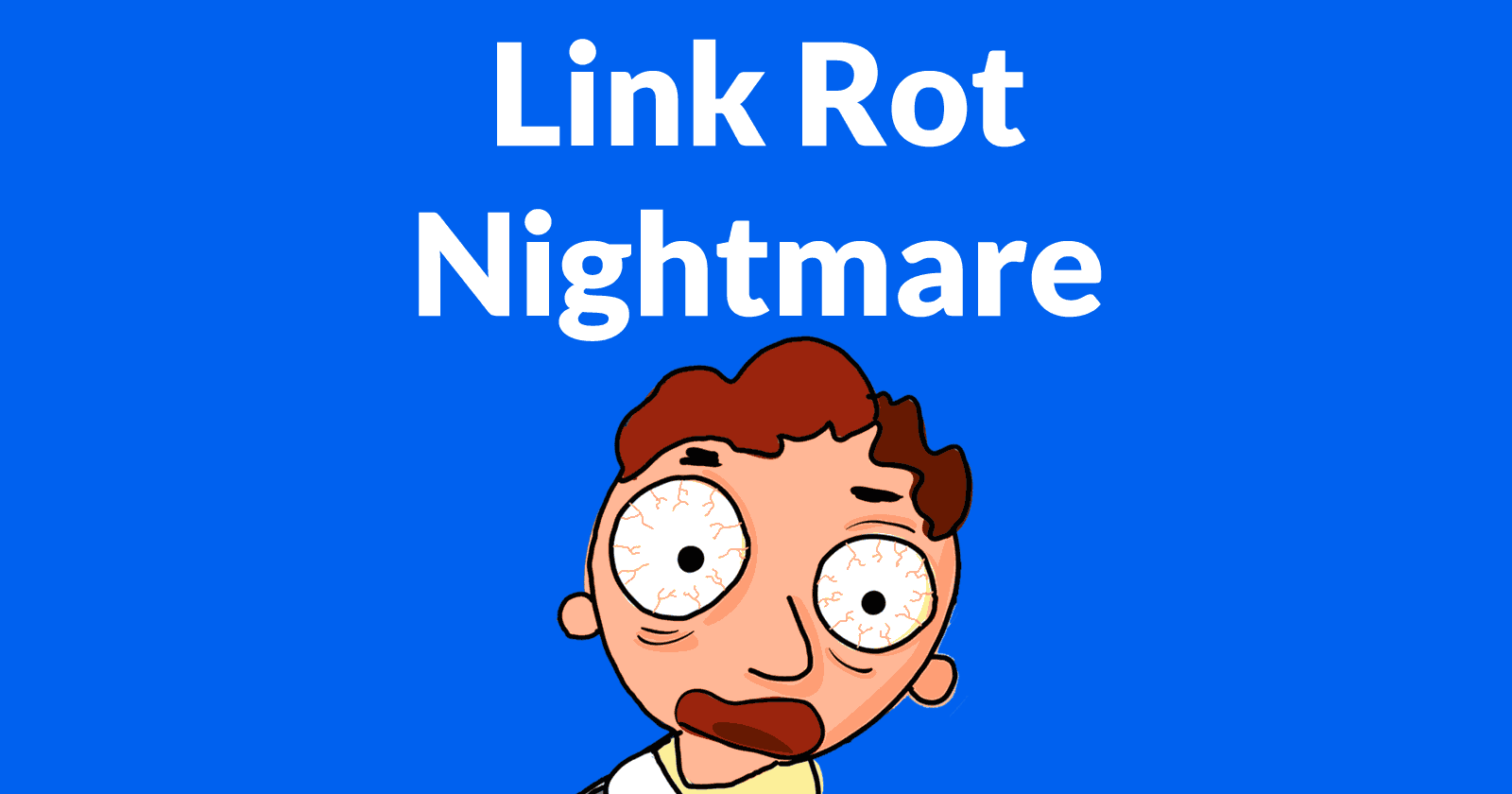Google’s John Mueller recently said in a Webmaster Hangout that it’s not enough to create a site and wait for traffic. Similarly, it’s not enough to promote a site then sit back and enjoy the traffic.
Your links and rankings are being subverted by link rot. This isn’t discussed much but it’s something everyone needs to understand and address.
What is Link Rot?
Link rot is two things:
1. The natural disappearance of links.
All links eventually disappear. This happens when publishers update a website.
2. A gradual reduction of link power that every link undergoes.
New pages push older pages away from the home page, reducing link power.
Who is Affected?
Every site is affected by link rot. No site is immune.
Rot means to decay. Every site’s backlink profile is under the process of decay.
Link Reclamation
Fortunately there are things that can be done to mitigate the harm of link rot.
One of the ways to address it is through an approach the late Eric Ward called Link Reclamation. We shared a stage in a presentation about link building and I remember him talking about it.
Link reclamation is the process of “reclaiming” link power that is otherwise going to waste.
A way to do this is to review 404 response codes and check to see if the link is to a web asset that no longer exists.
For example, sometimes sites link to a web page or a PDF file that was moved or no longer exists.
If the web asset has moved, create a 301 redirect to the new destination. Now the link will count as a link to where the new page exists.
If the web asset no longer exists, then how this is treated is a little trickier nowadays.
A 301 redirect must go to a page that is substantially equal to the page that was previously linked to. This is important.
Redirecting to the home page won’t work because Google treat redirects to dissimilar pages as a soft 404.
A soft 404 is a page that exists but that Google will not pass a link signal to. So if a web page is missing, you cannot redirect all inbound links related to missing pages over to the home page. The PageRank will not have an affect because the links being redirected are to pages that are substantially different from the home page. Thus, the link is wasted by redirecting broken links to the home page.
Some of the 404s are to pages that the linking site mangled, like they misspelled the URL or they added some kind of tracking codes.
For the links that have a wrong URL you can fix those with a 301 redirect to the correct URL of the destination page.
Sure, Google can figure it out and pass PageRank to the correct URL. But SEO is about making sites optimized for Search Engines. That means making a site easy to crawl and understand.
So why leave it up to Google to figure out the right URL? Rewrite it.
Related: What Is Link Reclamation & How to Regain Lost Link Value
Links to the Wrong Domain Name
This isn’t technically link rot, but it is a variant because it’s a link that is rotting away because it never made it to your site. This scenario will not show up in your log file as 404 codes, making it harder to spot.
There are situations when a web publisher spell your domain wrong, like adding an S to make your domain name to make it plural.
One thing you might want to do is check if there are websites out there that are misspelling your domain name or linking to a misspelled version of your domain name. If so, then it’s a good idea to acquire those domains and redirect them. If someone is misspelling your domain name then someone else either in the past or the future may misspell it on a link.
In general I find that it it’s a good practice to register domain name variants and redirect them to the real domain. That way you get the link if someone misspells your domain or if someone mistypes your domain.
Related: Broken Link Building: What You Need to Know to Get Links
Link Rot Can’t Always Be Fixed
An important point to understand is that for many cases there is almost nothing you can do to fix link rot because the rot is happening on someone else’s website. In these cases, the link has disappeared from a web page or the web page itself has disappeared.
You can’t use a 301 redirect to redirect a link that no longer exists.
One can contact the publisher and request to renew the relationship between the two sites. If someone linked to your site in the past, surely there may be a reason to link to your site again.
The Larger Takeaway
Nobody wins a rankings race. Achieving top rankings is just the beginning.
Next comes the process of maintaining those rankings by keeping relevant, by continuing to generate content and by promoting your content. This is true for all sites.
There is no set it and forget it. In SEO, you’re either moving forward or falling behind. There is no standing still.
Hat tip to Jerry West (@JerryWestSEO) for starting a conversation about this topic!





